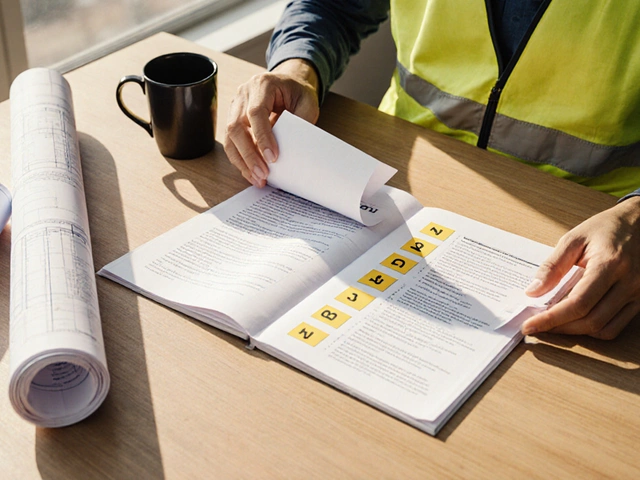Mold Sickness – What It Is and How to Protect Your Home
If you’ve ever walked into a damp basement and felt an itch in your throat, you’ve probably encountered mold sickness. It’s not a fancy medical term – it simply means you’re reacting to mold spores floating around indoors. Those tiny spores can trigger sneezing, coughing, or even headaches, especially if you spend a lot of time at home. The good news? You can spot the problem early and keep it from turning your house into a health hazard.
How Mold Affects Your Health
Most people notice mold when they see a black or green patch on a wall, but the real danger is invisible. When mold grows, it releases spores and chemicals called mycotoxins. Breathing them in can irritate the eyes, nose, and lungs. If you already have asthma or allergies, mold sickness can make symptoms flare up faster. Some folks report fatigue, dizziness, or skin rashes after exposure. The reaction varies – some people feel nothing, while others get sick quickly.
It’s not just about feeling uncomfortable. Long‑term exposure to high levels of mold can worsen chronic respiratory issues and may even affect the immune system. That’s why identifying and fixing the source matters, not just treating the symptoms.
Easy Ways to Prevent Mold and Stop Sickness
The simplest trick is to control moisture. Mold loves damp spots, so keep bathrooms, kitchens, and basements well ventilated. Run the exhaust fan when you shower, and open windows on dry days. If you notice condensation on windows, wipe it down and lower indoor humidity with a dehumidifier.
Regularly check for leaks. A tiny drip behind a sink can create a perfect mold nursery in weeks. Fix leaking pipes, roofs, and gutters as soon as you spot them. When you do a cleaning, use a mixture of water and mild detergent – you don’t need harsh chemicals for most mold patches.
For hidden mold, especially in crawl spaces or under flooring, consider a professional inspection. They can use moisture meters and air sampling to find trouble spots you can’t see. If you do find a big growth, seal the area, scrub with a bleach solution (1 cup bleach to 1 gallon water), and let it dry completely before sealing it with paint or a mold‑resistant coating.
Lastly, keep indoor plants to a reasonable number. Over‑watering them creates extra humidity, and the soil can become a breeding ground for mold spores. If you love plants, place them away from walls and use saucers to catch excess water.
By watching for moisture, fixing leaks fast, and cleaning any visible mold, you can cut down the chances of mold sickness for you and your family. A dry, well‑ventilated home isn’t just comfortable – it’s healthier too.
Understanding Mold-Related Health Risks in New Buildings

This article explores the potential health risks associated with mold exposure in new building constructions. It delves into how mold can develop even in newly built structures, the common health symptoms that can arise, and the measures you can take to protect yourself. We provide a practical guide on prevention and detection methods to ensure that new buildings remain safe and healthy environments.
read more



